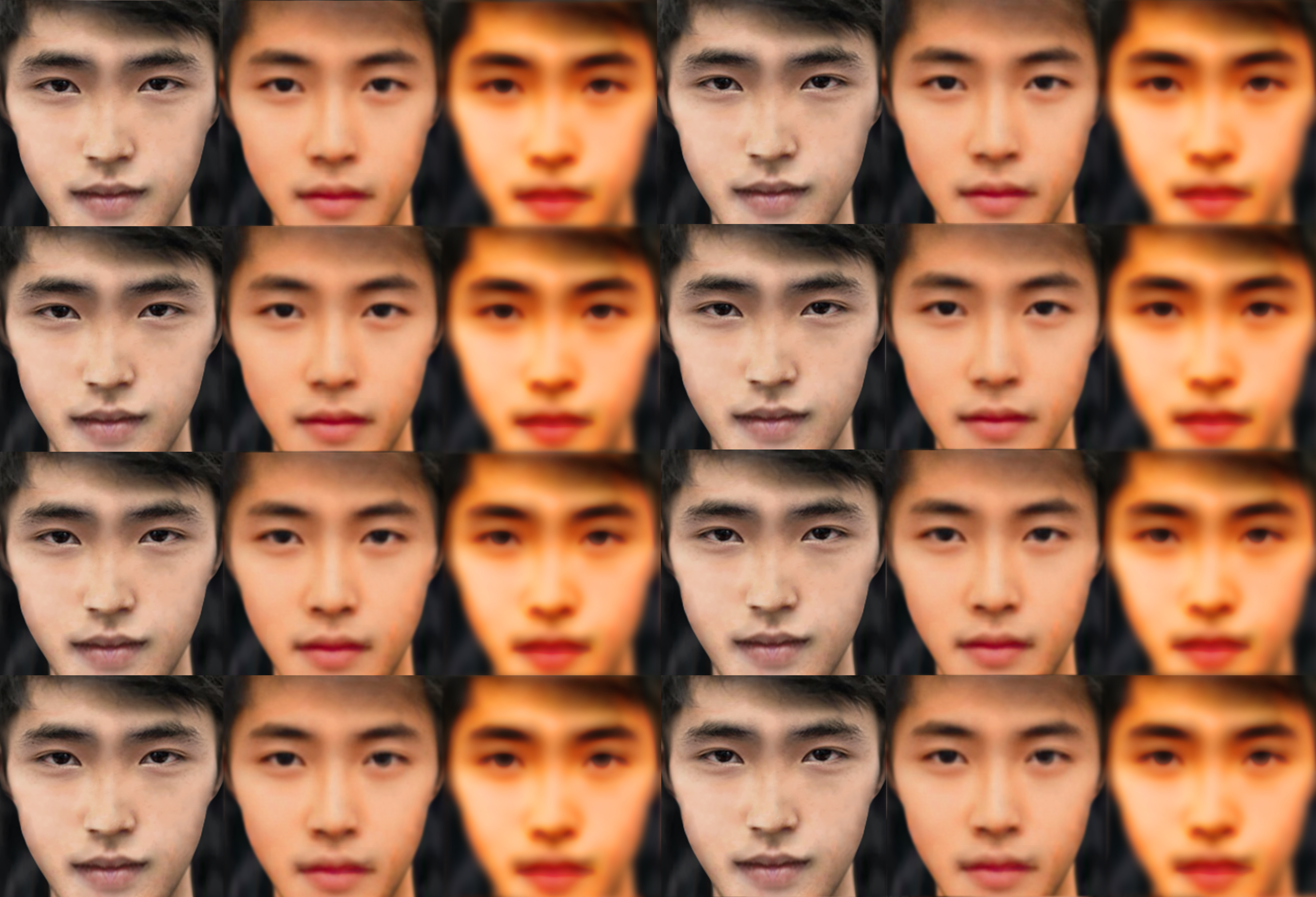The AI Revolution Has Come for Stock Art
But we'll still need photographers and modelsThe world of photography recently took a drastic turn. Historically, to get photos of people, you would have to either go dig through stock photo libraries or pay an artist and a photographer to get exactly the look you were wanting. Even then, nothing is guaranteed. Now, a new type of machine learning system has cropped up to take aim at the traditional stock photography business.
The tool of choice is a GAN, a “Generative Adversarial Network.” What does that mean? Originally described in a 2014 paper, a GAN tries to mimic a distribution of data. It has three parts—the Dataset (or really, a group of datasets), the Generator, and the Adversary. The Generator and the Adversary are both machine learning systems. The goal of the Generator is to create its own group of datasets that “look like” the original DataSet. The goal of the Adversary is to discriminate between the look-alikes from the Generator and the originals from the DataSet. Round by round, the Generator makes changes to itself in order to generate better look-alike datasets while the Adversary makes changes to itself to better discern the difference between originals and look-alikes. The goal is to eventually come up with a Generator whose power to generate look-alikes is so good that an Adversary cannot differentiate between originals and look-alikes.
What does this have to do with stock photography? One of the tasks for which GANs were used early on is generating photos. Given a distribution of photos, a GAN’s Generator created new photos that the Adversary could not differentiate from the real ones that the Generator had used. This led to, for instance, the 100,000 Faces project, which generated a set of 100,000 photos of people who do not exist.
Taking the concept even further is the website Artbreeder.com. Artbreeder has expanded its GAN in a variety of ways. First, it allows for hybridizing between photos. This allows users to cross pieces of different photos together to produce interesting results. Second, it has parameterized its generator so that a user can ask for arbitrary components of the output to be manipulated. Do you want the same character, but with a smile? Colorized like a cartoon? Angry? Glasses? There are controls for each of these changes that allow you to make subtle changes to the generated art with a simple control, as in the illustrations below:
So, let’s say I start with this image:
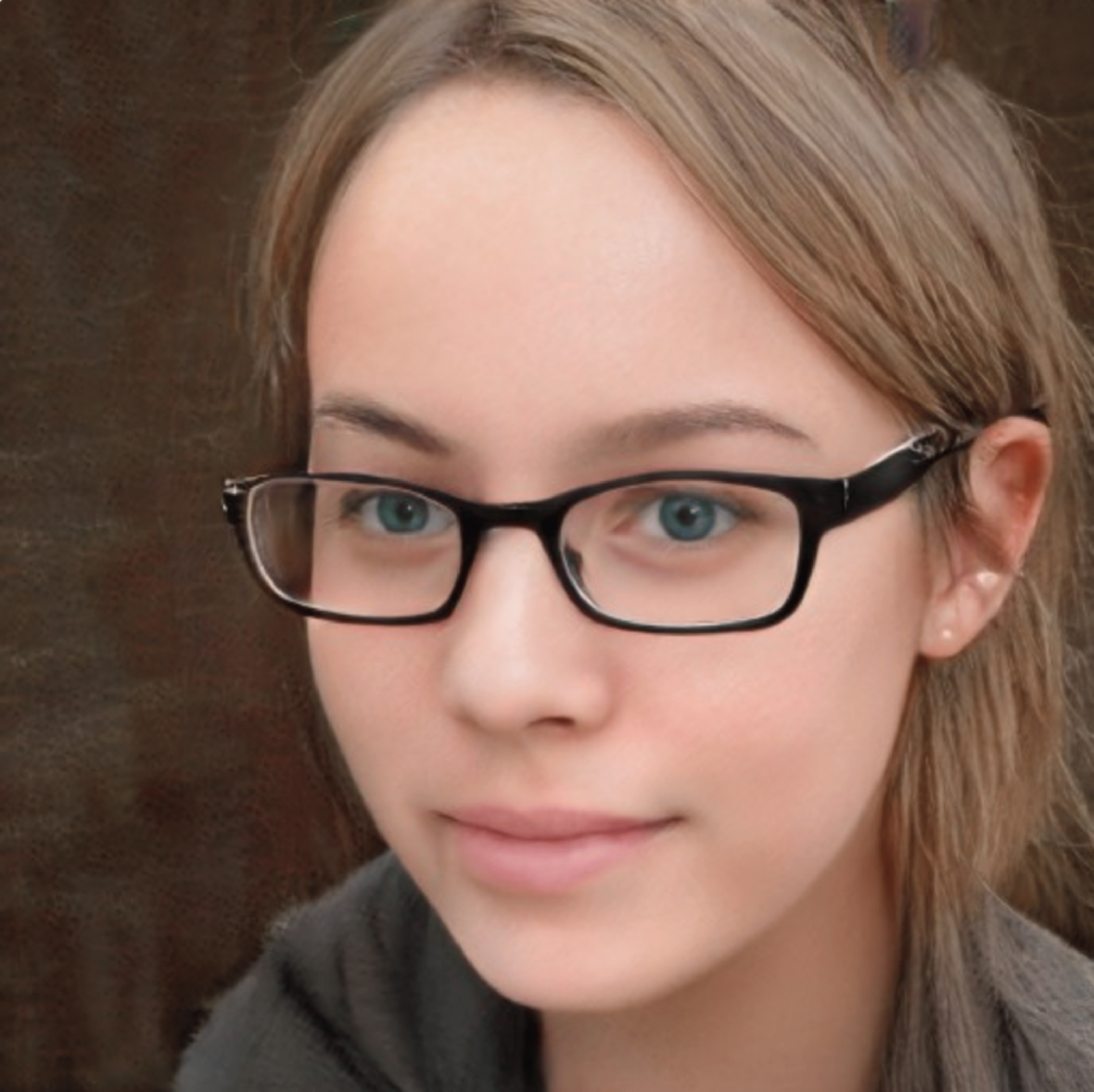
Artbreeder gives me a selection of controls that I can use to manipulate the image:
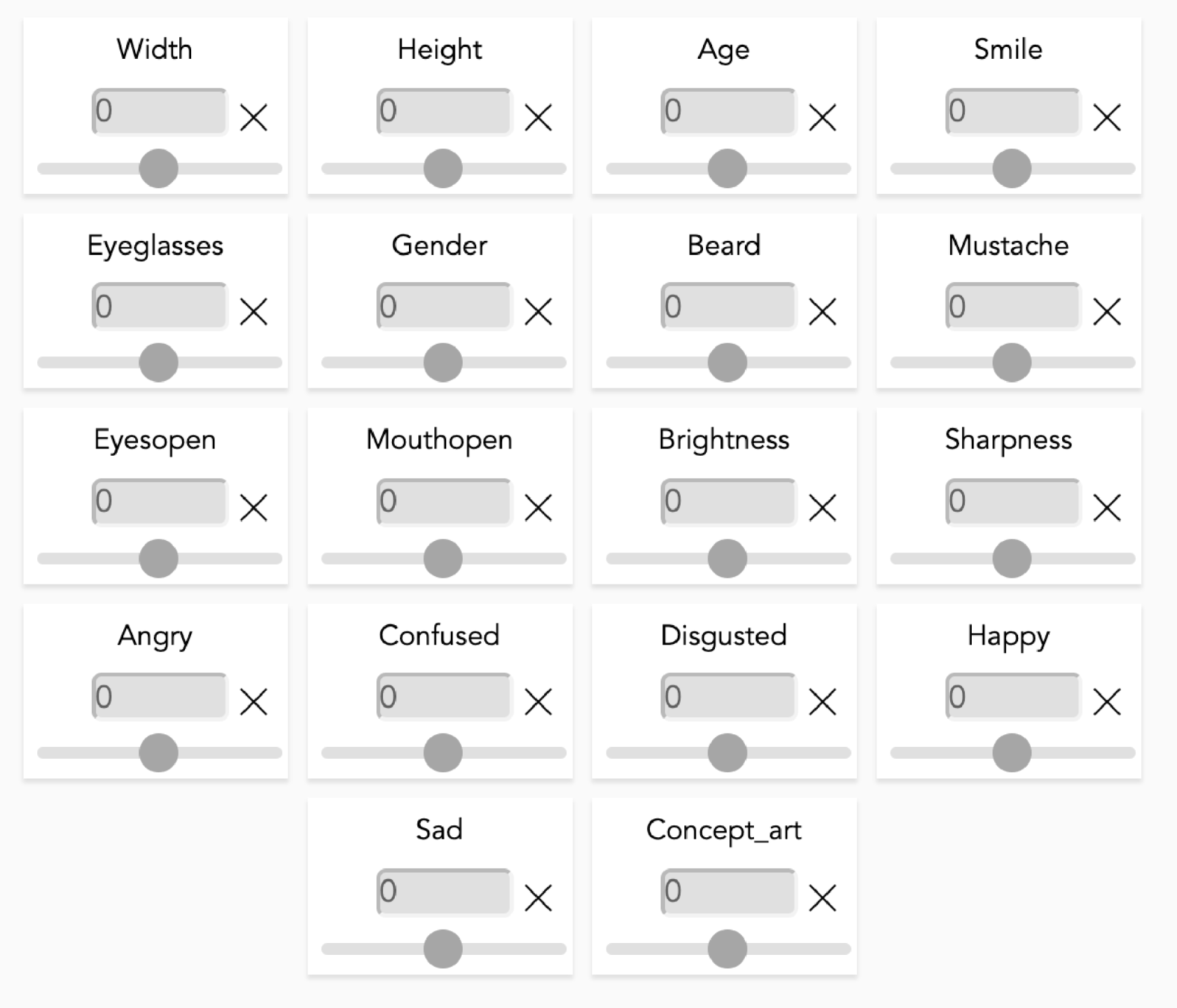
So, to remove the glasses, I just turn down the “eyeglasses” dial until they disappear:
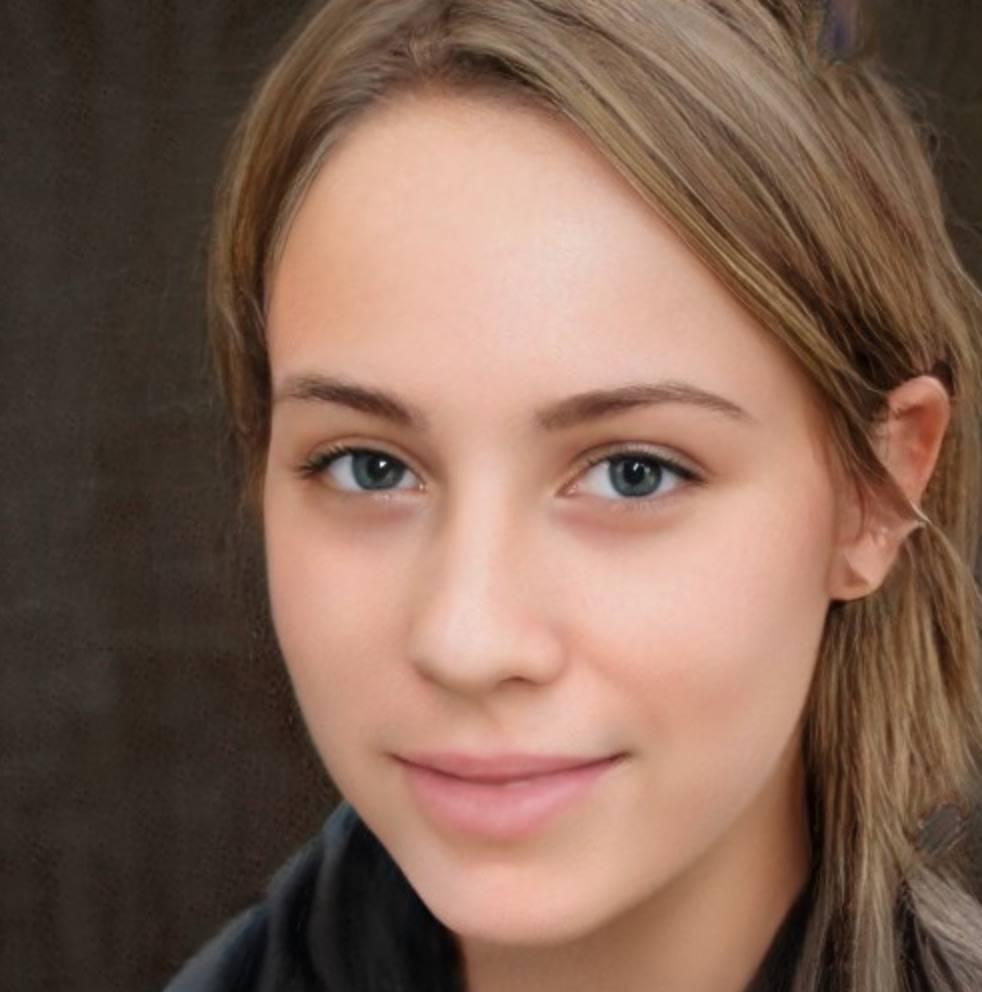
Do I want her smile to show teeth? Just bump up the “mouth open” parameter:

What about the style, though? What if I want the photo to be more of a 1960s look, I can cross-breed with this image:
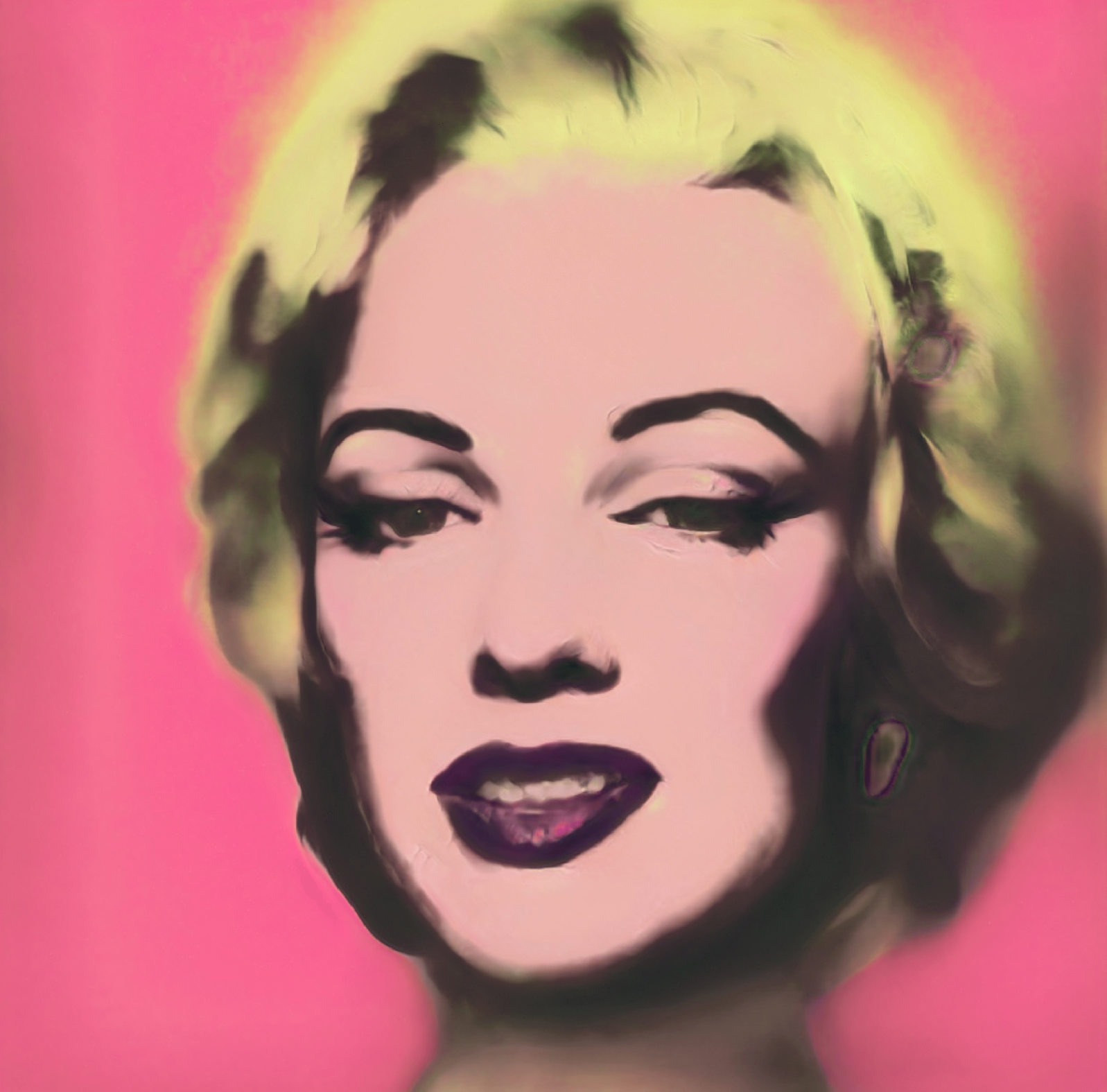
To produce this image:
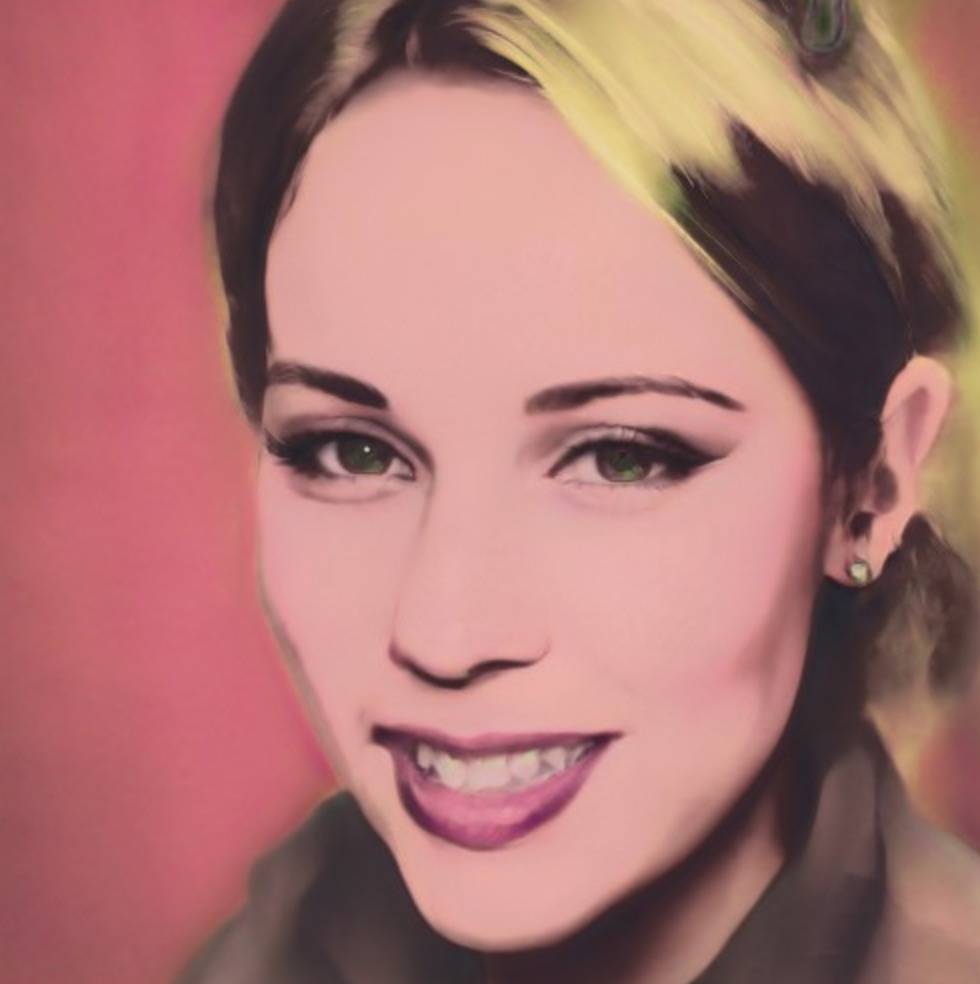
As is always the case with AI, sometimes the knobs don’t work as expected and sometimes the results are… strange. Nonetheless, this is probably the start of a new future of made-to-order stock images.
This doesn’t mean that photographers and models are no longer needed. Quite the opposite, in fact. The quality of the generated images is based on the quality of the images fed into the system. AI system only mimics what comes in. However, the new tools do allow for a level of customization not previously available. They also allow for a level of anonymization. Because the final photographs are generated, actors don’t have to walk around with their actual faces plastered all over billboards. Their poses will instead be added to the pool of resources that are drawn upon with future AI systems.
See also: A quick guide to augmented reality: Jonathan Bartlett: Now that Apple is integrating Augmented Reality Into iOS 13, here are some things you can do with it.
